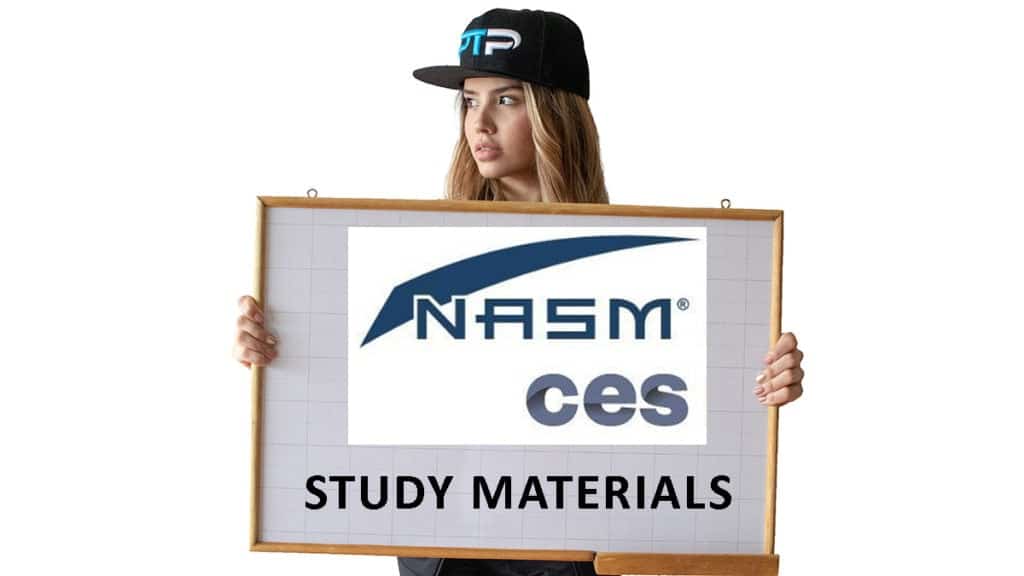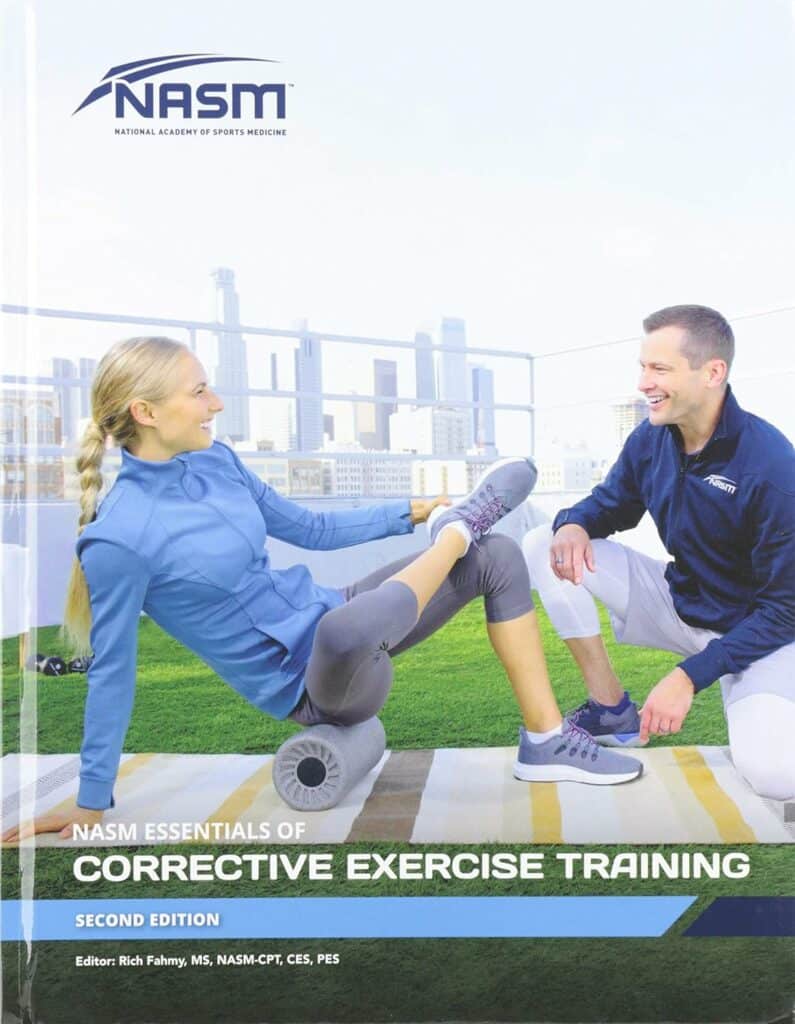
INTRO TO THE NASM CES STUDY MATERIALS
Hey everybody, and welcome to the ultimate NASM CES Study Hub. Here you will find absolutely free study resources such as my in-depth study guide, practice test, flashcards, as well as other helpful tips to pass the corrective exercise specialist exam. I highly recommend bookmarking this page now.
If you have not yet signed up for the NASM CES certification, receive a big discount here.
Get your copy of the NASM CES exam cheat sheet.
It helps immensely in studying for the NASM CES exam and is provided by a veteran company in study materials, Trainer Academy.
My PTP students report cutting their NASM CES study time and effort in half with Trainer Academy.
Benefit from the Exam Pass Guarantee and Retake Fee Guarantee. Plus, take advantage of my current discount code PTPJULY for 50% off the MVP Program (Ends July 15th, 2025).
Try it out for free here to see if it’s right for you, or read my detailed review for further insights.
My Bitmoji counterpart will be walking you through the NASM CES study guide to make sure that you are on track for passing the NASM CES exam. Say hello to Tyler-Moji.

FREE NASM CES STUDY GUIDE
- Chapter 1: Rationale for Corrective Exercise
- Chapter 2: Human Movement Science and Corrective Exercise
- Chapter 3: Inhibitory Techniques
- Chapter 4: Lengthening Techniques
- Chapter 5: Activation Techniques
- Chapter 6: Integration Techniques
- Chapter 7: Client Intake and Assessment
- Chapter 8: Static Assessments
- Chapter 9: Movement Assessments
- Chapter 10: Mobility Assessments
- Chapter 11: Corrective Strategies for the Foot and Ankle
- Chapter 12: Corrective Strategies for the Knee
- Chapter 13: Corrective Strategies for the LPHC
- Chapter 14: Corrective Strategies for the Shoulder and Thoracic Spine
- Chapter 15: Corrective Strategies for the Wrist and Elbow
- Chapter 16: Corrective strategies for the Cervical Spine
- Chapter 17: Self-Care and Recovery
- Chapter 18: Real-World Application of Corrective Exercise Strategies
NASM CES FLASHCARDS
You’ll need the nASM CES textbook
You’ll need the official textbook from the NASM CES curriculum to study for their exam.
The current textbook is called NASM Essentials of Corrective Exercise. This textbook is written and sold by NASM, but you can also buy it on Amazon.

NASM CES Study Tips
More NASM CES Practice Tests
The NASM CES practice test on this page only includes 40 questions and answers. If you want to get a full grasp of all of the possible questions that can be asked on the exam, I suggest picking up additional practice tests as well.
These are incredibly important because they really let you know if you are fully prepared to take the real final exam.
One of the main reasons some students have failed is that they did not take enough practice exams to gauge if they were really prepared or not.
I suggest the Trainer Academy practice tests, as they let you know which chapters/domains you are doing well or badly in, and they have 300 questions in total.
NASM CES Spaced Repetition Flashcards
The use of spaced repetition flashcards is one of the biggest tips I have for my students that are studying for the NASM CES.
Spaced repetition flashcards are basically flashcards that use an algorithm to show you the most important cards for you.
That system works like this: The intelligent flashcards learn which cards are difficult for you and which cards are hard for you to memorize. It will then repeatedly show you the difficult cards until they become easier and easier. You will also have the easy cards shown less and less because you already have them memorized.
This is a huge time saver overall and will dramatically decrease the overall study time for the NASM CES exam.
NASM CES Study Mnemonics
Interesting and memorable mnemonics are another great NASM CES study recommendation. Memorizing difficult topics, like the many corrective exercises for posture distortions, can be extremely tiresome and difficult to memorize.
Creating interesting and fun mnemonics is the best way to memorize these difficult concepts. It can be especially very helpful for topics having to do with postural assessments or the musculature of the body.
If you are going to create these mnemonics on your own, try to make them as weird as possible, as this works to make them more memorable.
NASM CES Cheat Sheet
A cheat sheet is a great option for all of the hard-to-remember material, and keeping it all on one page for ease of tracking this. info down.
It is ideal to make one of these cheat sheets on your own, or use our cheat sheet offered through PTpioneer. Check it out by clicking the link below.
If you want a NASM CES pass guarantee, try using the Trainer Academy packages. The website offers study material such as a fantastic study guide, four full practice tests, spaced repetition flashcards study, study mnemonics, study blueprints, and study cheat sheets.
FREE NASM CES Study Guide
We hope you enjoy the study materials provided here on the home page of the NASM CES!
Check out our free study guide for the NASM CES, starting by clicking on the button below for chapter 1.




Tyler Read
PTPioneer Editorial Integrity
All content published on PTPioneer is checked and reviewed extensively by our staff of experienced personal trainers, nutrition coaches, and other Fitness Experts. This is to make sure that the content you are reading is fact-checked for accuracy, contains up-to-date information, and is relevant. We only add trustworthy citations that you can find at the bottom of each article. You can read more about our editorial integrity here.